Ancient Sacred History Revealed by Dan Fournier (The BroadCast Replay)
Podcast Appearance Replay, published Tuesday, June 10, 2025 at 10:30 EDT.
Mayan Head Sculpture with the Kukulcán in the background at Chichen Itza (Mexico).
The BroadCast
I was recently invited on as a guest on The BroadCast where I gave a presentation on some ancient secret/sacred history along with a nice exchange with the panel on the topic.
This episode, called Ruins & Revelations is available via their platforms:
As I shared a lot of previously researched material on the podcast, I thought it would be worthwhile to share some accompanying notes on the four topics of my presentation.
Special thanks to Ash, Tammy, Suz, Dave (a.k.a. Perception Correction – a recent guest on my own podcast), and Noah, for inviting me on their wonderful show.
Be sure to give them a follow on X and on Rumble.
Quick Introduction
For the show, I was asked to share some of my knowledge about ancient secret/sacred history which happens to be a side hobby of mine. A lot of my presentation centered around research I had conducted while living in China, but never previously had the opportunity to share.
Peoples from ancient civilisations were a lot more knowledgeable about sacred knowledge than we give them credit for and compared to the average Joe or Jane of today.
They have been kind and wise enough to share this sacred or secret knowledge with us through various “means” such as in their art, symbols, artifacts, myths, rituals, and architecture.
It is really up to us to first notice, and then study what they have gifted us with.
In this light, I thought it would be interesting to tie together four such “means” so as to demystify and better understand some sacred knowledge they wished to pass onto us.
I detailed these during my presentation on the podcast and accompanying images along with selected notes which appear hereunder. Enjoy!
Ancient Sacred Object (Thyrsus) & Architecture (Kukulcán pyramid in Mexico)
Thyrsus
The first “means,” in this case an object, I talked about was the thyrsus.
This sacred object is almost always held by Dionysus (Roman: Bacchus) who is revered as the god of wine-making, fruit, vegetation, fertility, religious ecstasy, and theatre.
Here is the image I shared which shows Dionysus holding the Thyrsus:
Key points:
The staff is a sacred object considered hold elusive and mystical powers
its shaft is a hollow stalk of a flowering plant in which Prometheus carried fire down to illuminate humankind
the fire represents light or the Divine Spark, or spirit we each hold within us
At the tip of the thyrsus we find a pine cone which is indicative of our pineal gland due to its similar shape and resemblance
This gland sits atop of our spine at the base of the brain and is believed to be our spiritual center
French philosopher René Descartes described it as the ‘seat of the soul’, or center of consciousness
The intertwined vines along the staff represent the formation of our spine
This is representative of spiritual energy – called Kundalini in Indian esotericism or Chi (Qi) for the Chinese – that flows from the base of our spine all the way up though the top of our head
There are seven points along this path which are referred to as the 7 Chakras
Divine wisdom or Spiritual Enlightenment can be achieved by properly channelling this spiritual energy
On the topic of Spiritual Energy, I segwayed to how high priests of the great Mayan civilization not only knew about this, but had incorporated it into their rituals, artifacts and architecture.
Kukulcán pyramid
I provided the example of the Temple of Kukulcán (pyramid) at the Chichen Itza complex located in the Yucatan peninsula of Mexico. Hereunder is a photo similar to the one I showed in the podcast (only this one shows a crowd in admiration and pure awe of the display before them).
Notice on the bottom left base of the pyramid (just down the stairway); it’s not very clear, but it’s a stone statue of a serpent. In Mayan culture, the serpent symbolises wisdom and energy which, in all manifestations, are depicted by wave-like movements. On March 21st, the Spring equinox, – and only on this day does this light-shadow effect take place. Notice from the aforementioned snake statue of at the base of the pyramid you have a wavy light ascending the pyramid all the way to the top. This is called the projection of the serpent of light.
This phenomenon is equivalent to the previously mentioned chakras and energy flow (from the base of the spine to the top of the head); only here, it is pictured from the base of the pyramid to its top.
The Flower of Life
A this point of my presentation, I transition to something called the Flower of Life.
What is the Flower of Life?
The Flower of Life can be described as many things, but at its core it is a blueprint or model for all creations by God, or the Creator.
In sacred geometry, it is represented as follows:
Beyond this visual representation, the Flower of Life comprises sacred and mystical knowledge.
Moreover, it represents a record of all forms of life both in their material (i.e., atoms, cells, etc.) and ethereal (i.e., soul, spirit, life force, energy) aspects.
Importantly, due to its ethereal properties, it acts as a driving force for everything in the cosmos, including you.
To expand on this notion, I provided the following image which shows the progression of how a single cell, for instance, can then split and evolve to form a more complex life form.
Biologically, we can easily witness this process through embryo formation.
I referred to a wonderful video available on YouTube called BREATH OF LIFE CAUGHT ON CAMERA (by FOUNDED EARTH BROTHERS) which shows actual footage (through microscopy) showing a salamander lizard embryo forming in this fashion (watch from the 6:30 mark):
Here is a screenshot showing the cell division taking place in the early stages of embryo formation:
As I mentioned during my talk, there no doubt whatsoever that some kind of intelligence is infused [by the Creator] in this creation process that is producing an active life form.
The creator of the video from above calls it the “breath of life,” and this driving force can also be referred to as the divine spark, or God’s handiwork.
I also mentioned that different kinds of cells have different functions embedded (or programmed) into them. There are cells for the skin, the heart, stem cells, among so many other kinds.
These cells each have something inherent in them – call it their function/purpose if you want – which drives how they are to develop and act.
As a really cool example, I mentioned a video (under microscopy) shows white blood cells attacking a parasite; their programmed function is really apparent given their behaviour:
Leonardo da Vinci
Famous Renaissance polymath Leonardo da Vinci knew about the Flower of Life and even wrote on the subject and drew them in his works.
The Egyptians & Chinese
But knowledge of this sacred geometrical figure stretches back thousands more years – back to the Egyptians and, later on, the Chinese.
Bronze guardian lion (a.k.a. “Fudog”) with a sphere depicting the Flower of Life (under his right paw) in front of the Gate of Supreme Harmony, Forbidden City (built around 1420 during the Ming Dynasty), Beijing, China. Photo taken by author in May of 2011.
Detail (from above photo) of the sphere depicting the unmistakable Flower of Life pattern. Photo taken by author in May of 2011.
The Flower of Life pattern appearing on an a granite column in the Temple of Osiris (c. 2,300 B.C.), at Abydos, Egypt. More details and photos here, here, and here.
Other examples of ancient objects depicting the Flower of Life pattern can be found on the internet.
The Sephiroth
Another pattern of significance can be derived from the Flower of Life is that of the Tree of Life.
In Jewish mysticism, the Kabbalah (which is a set of esoteric teachings) seeks to understand the nature of the universe and human beings within it, among other things.
They use the design inherent in the Tree of Life to better understand the cosmic forces (energy flows) that act upon us and our external environment.
The Tree of Life design consists of ten spheres or small circles right in the middle of the Flower of Life pattern as shown in the following image:
Each of these ten spheres are interconnected by 22 paths which, in short, act as channels for the divine life forces (not excluding dark forces).
By becoming more aware of these, one can gain a better understanding of oneself, the universe, and attain increased awareness and consciousness of the true state of reality.
The Kabbalists refer to it as the Sephiroth which represent emanations from God encompassing the process of creation.
Some have observed that the Tree of Knowledge concept is not that dissimilar to the account of Adam and Eve being expelled from the Garden of Eden whereby they gained knowledge of both good and evil and the supernatural.
Origins of the Kabbalistic model (the Sephiroth) stretch much further back in time.
Many Jewish mystical teachings arose from the exchange in knowledge and culture from the time when the Israelites were held in captivity both in Ancient Babylonia (Mesopotamia) and Ancient Egypt.
They learned a lot from members of these ancient civilizations (particularly from their high priests) and carefully conserved and carried the sacred knowledge for future generations.
The oldest versions of Jewish mysticism stem from Assyrian theology. And the Sephiroth of the Kabbalah appears to stem from the Tree of Life of Assyria which itself is modelled on the earlier Sumerian Tree of Life; both depict a tree with multiple spheres along with a God figure atop it (often winged, Assur for the Assyrian God, and Anu – the Sky God or Father of Gods – for the Sumerian).
Stone relief from the throne of Ashurnasirpal II in Nimrud, northern Iraq. Neo-Assyrian, 870–860 BC. (source) “The figure of the king on the left appears to gesture towards a so-called Sacred Tree which dominates the centre of the relief. This balanced combination of steams and foliage is a symbol of fertility and abundance given by the gods.” (British Museum description).
“Fertility and abundance” indeed, as it describes life and the proliferation of life.
The Tree of Life also appears on other artifacts from the same period such as an exquisite Carnelian Cylinder Seal.
These depictions represent the divine life forces that spur all creation, including thoughts and consciousness.
Returning to the Kabbalistic Sephiroth, these forces are omnipresent in our world.
More specifically, they embody the OUTER forces acting upon us (macrocosmic) and the INNER forces (microcosmic) which are driving our thoughts and behaviours, both on conscious and subconscious levels.
When talking about macrocosmic and microcosmic forces, these are actually the basis of the TAROT with what we refer to as the Major Arcana (11 macrocosmic cards and 11 microcosmic cards); these 22 cards are the most important in the tarot set.
During the podcast, I showed the following example cards from a tarot deck explaining some of their symbols:
I also elaborated how each of the 22 cards (from the Major Arcana portion of a tarot deck) are filled with telling symbols, each representing certain aspects which can be used to interpret the macrocosmic or microcosmic forces acting upon us.
More on the Tarot
What is the tarot?
During the podcast I mentioned that the tarot can be considered many different things, namely a(n):
set of playing cards / a card game
means of clairvoyance
means of precognition (predicting the future)
form of divination
book of ancient knowledge
While the tarot is viewed as either of the above depending on who you ask, at its core it is an ancient book of mystical knowledge.
Though there exists traces of earlier origins, the tarot came about in the trails of the later middle ages whereby those sharing mystical knowledge with others could be considered as outcasts, witches, or wizards if they dared to reveal or share what they knew as sooth. If caught, they could suffer torture or even death – sometimes being burnt at the stake for witchcraft or sorcery.
Thusly, to adapt and keep safe, they opted to share their knowledge in an encoded fashion which would keep persecutors at bay.
So, how did they manage? Simple. They encoded their secret knowledge in the form of visual symbols. And they devised a means to convey them – the tarot.
While there have been countless iterations and representations of the tarot deck of cards in the past few centuries, scads of symbols have endured and persisted in their lineage, offering us a glimpse into the rich esoteric ideography which unveil an eclectic mix of wisdom which ought not be forgotten for those who care to notice.
This concludes this post. Please let me know (in the Comments section below) if you would like to have more of these kinds of topics (ancient/sacred knowledge & history) in the future on my Substack, as I don’t often write about them.
Plea to Support my Work
Here are different ways you can support me:
Get a monthly subscription ($5/month) to my Substack
Get a yearly subscription ($50/year) to my Substack
Become a Founding Member ($100) to my Substack
Disclaimer:
See the author’s About page for full disclaimer.
Follow me on X, formerly known as Twitter:
I can also be followed on:
Primal (which is a Nostr decentralised alternative to X that cannot be censored, and where users cannot be de-platformed). If you are tired of X, you can create your own account on Primal.
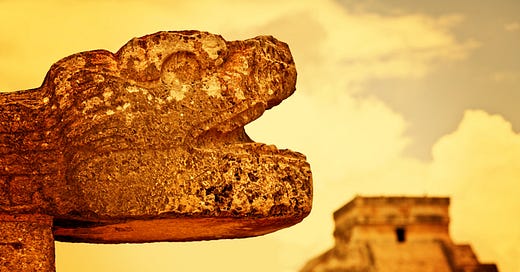






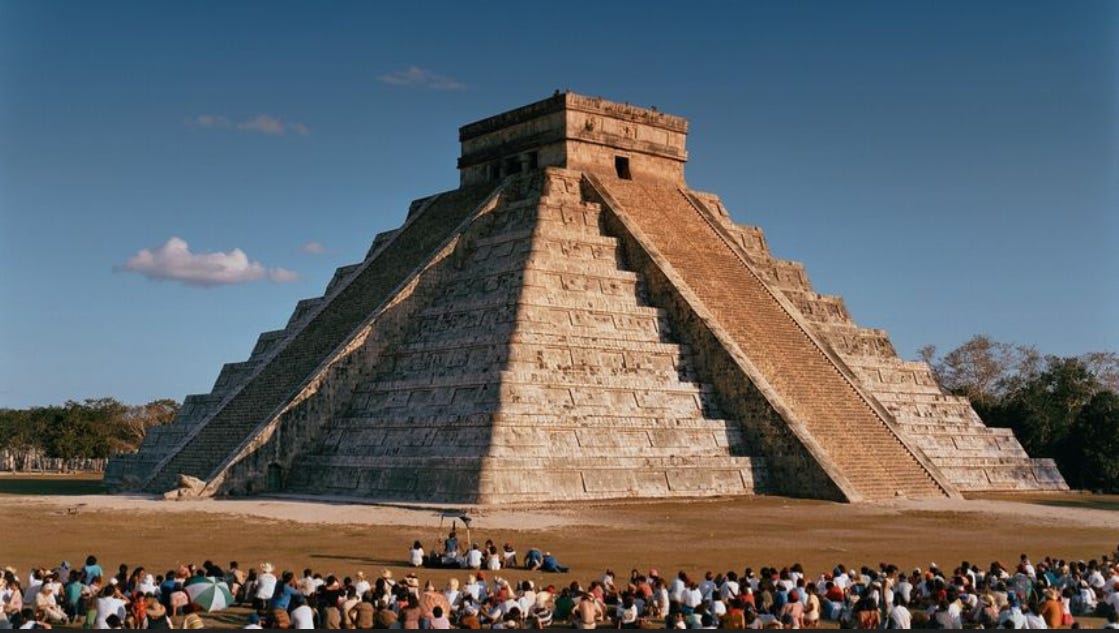
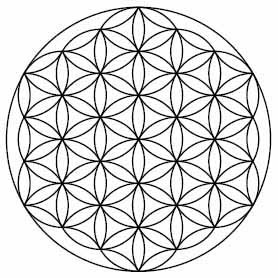

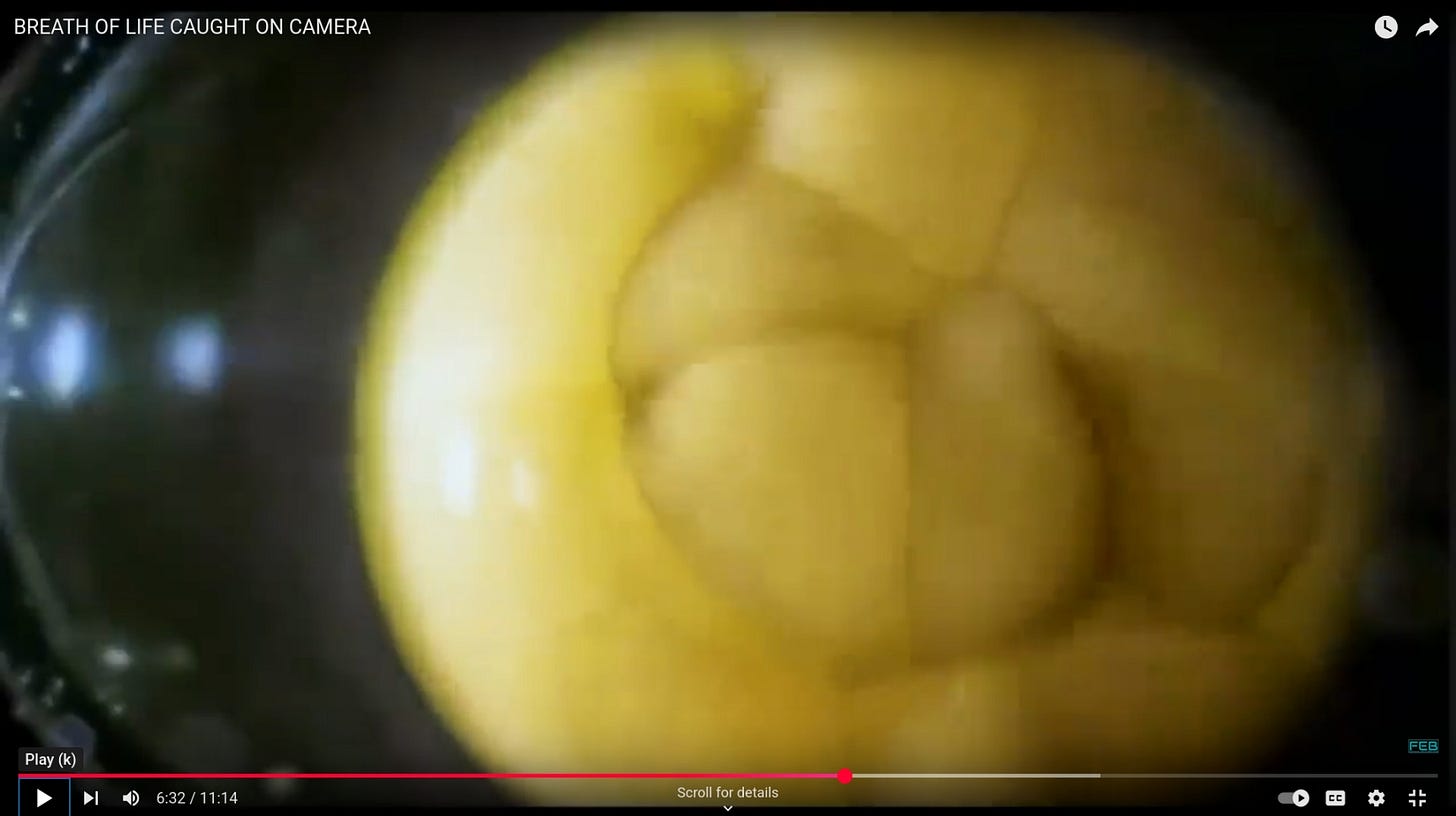

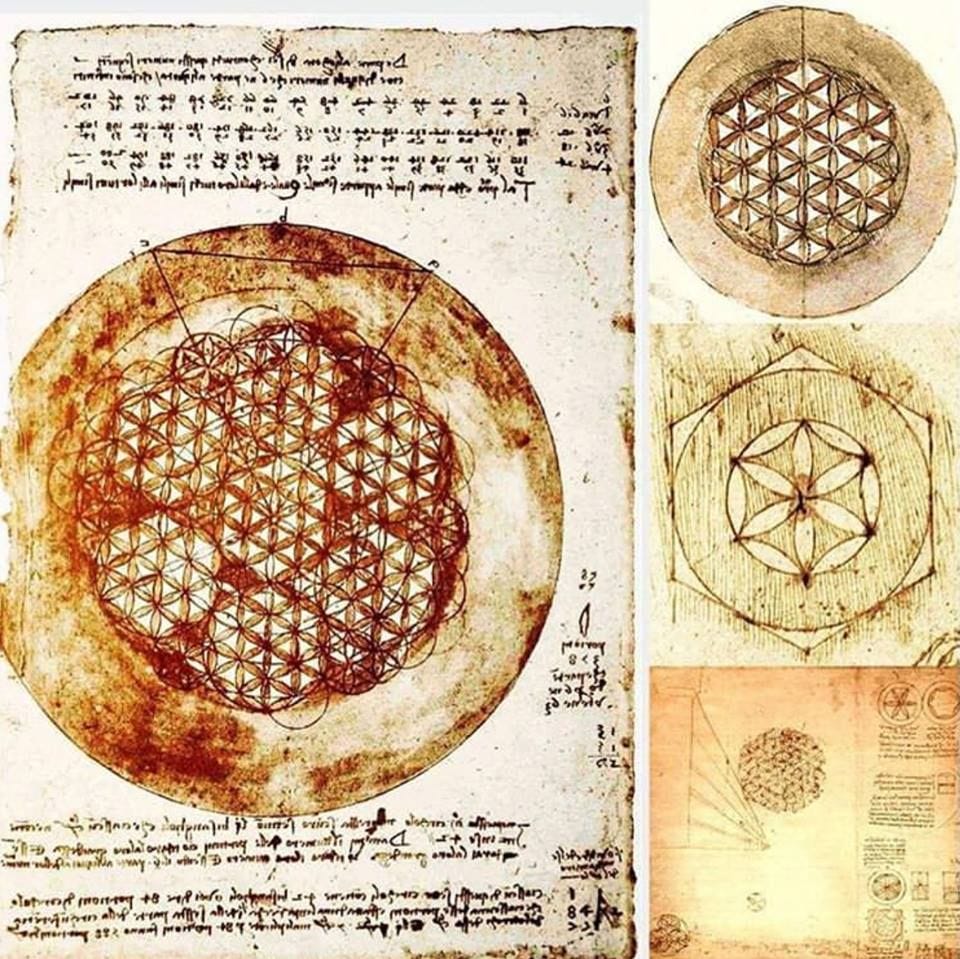
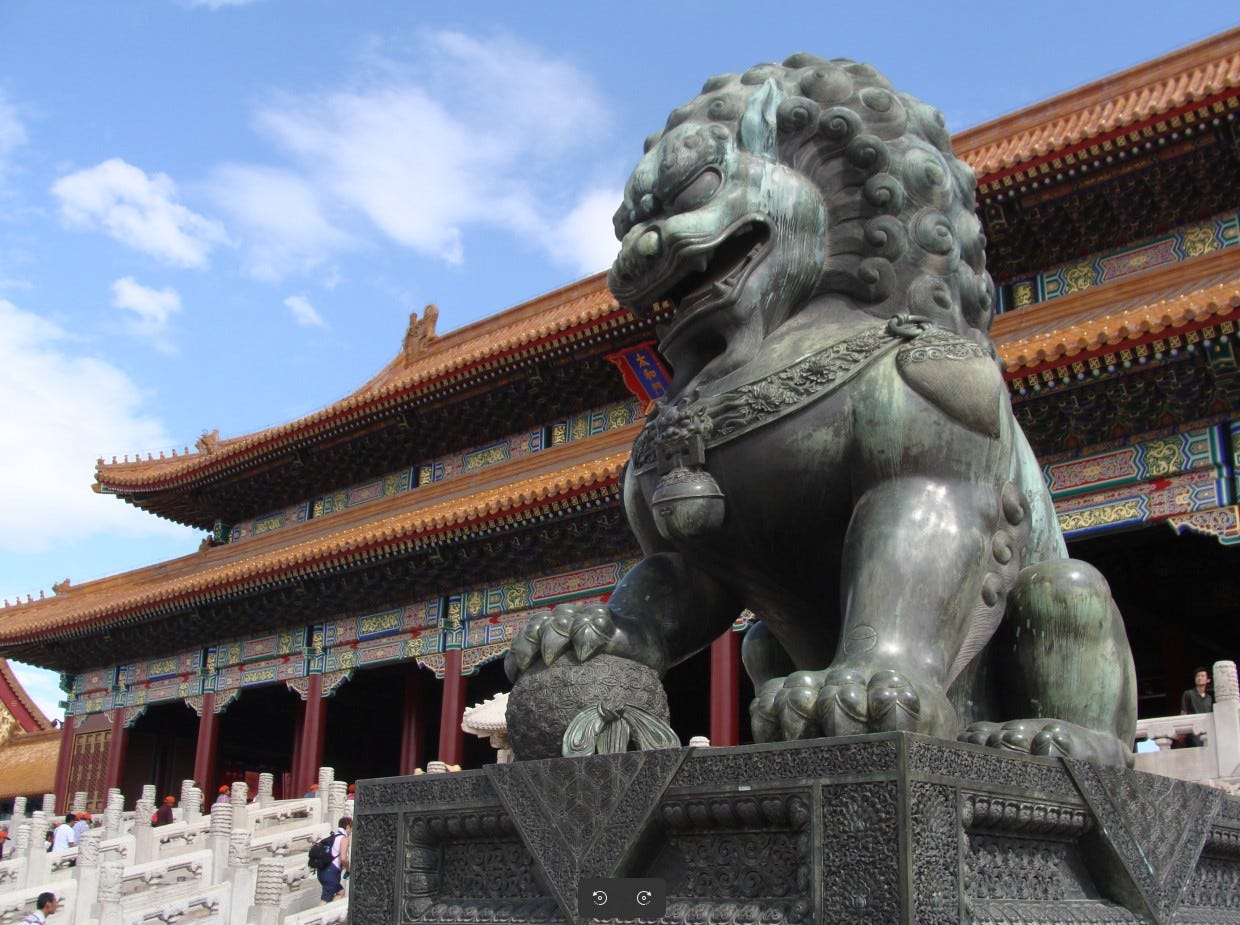

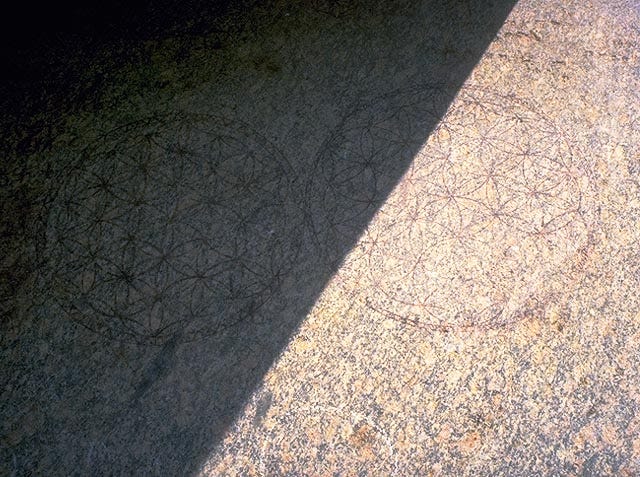

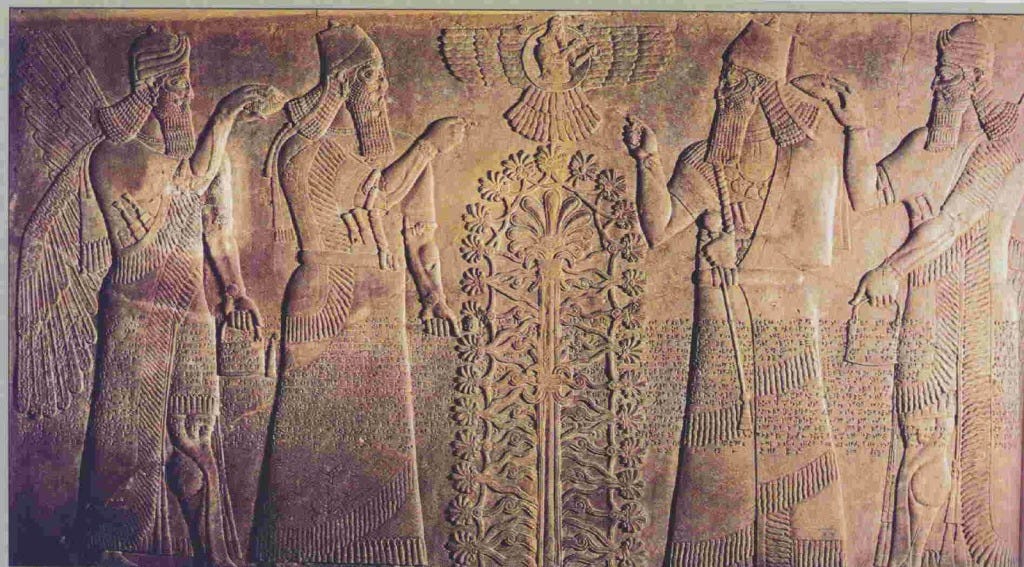
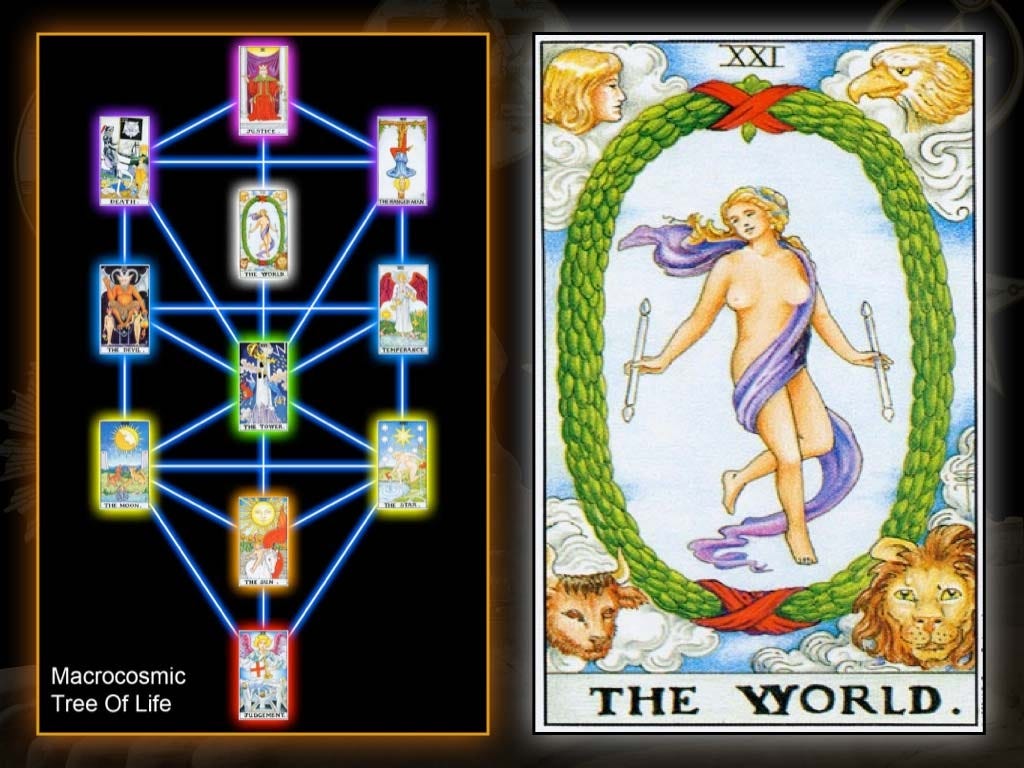




Fascinating topic!
100 % right on the tarot major arcana. I really appreciate that a fellow quebecois know these stuff. We getting invaded by fake psychic nowadays. From that bunch who had nothing more to do in confinement and took some random class of hyponosis or tarot for dummy 101. I really dislike the likes of sebastien Mitchells who simplifies a lore that is deeply complexe.
You just elevated us back on the track and that is good work sir 👍⚜️